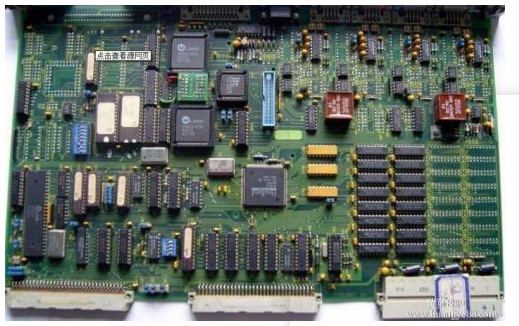In high-speed PCB design, we often perform characteristic impedance control on high-speed signal lines to optimize signal quality. What is the characteristic impedance?
1. Transmission line principle
Before introducing the characteristic impedance, review the basic principles of transmission lines introduced in the "Signal Integrity Video". The left side of the figure below is the RLGC model with lumped parameters for the low-frequency circuit, and the RLGC model with distributed parameters for the high-frequency circuit on the right.
Solving the transmission line calculus equation is easy for you, and I won’t introduce it here. The result of the equation is that we can get the attenuation constant, characteristic impedance, phase shift constant, etc. of the PCB transmission line. The specific meaning is described in detail in "Signal Integrity Video". Here we mainly introduce the application of PCB characteristic impedance. The following is the formula for the characteristic impedance obtained by solving the equation, but it is not very useful because you cannot know the R, L, G, and C corresponding to the unit length.

2. The influence of characteristic impedance mismatch
The characteristic impedance of the transmission line refers to the impedance corresponding to each point on the line when high-speed signals are transmitted on the PCB line. We hope that the characteristic impedance of the transmission line will not change suddenly, because a sudden change in the transmission line will cause signal reflection, which will affect the signal quality.
3. Selection of characteristic impedance
The characteristic impedance of the PCB is determined by the matching resistance ZL at the load end, depending on the specifications of various interfaces. The characteristic impedance error is mainly affected by the PCB board factory process, and can generally be controlled within 5%-10%. The following is a common interface PCB impedance control.
USB differential cable 90Ω
PCIE differential line 100Ω
RF single-ended transmission line 50Ω
Ordinary single-ended transmission line 50Ω
4. PCB characteristic impedance design
At present, PCB manufacturers often use polar si9000 software to calculate characteristic impedance. Take the single-ended signal line as an example below. There are four setting parameters: dielectric constant, dielectric thickness, line width and copper foil thickness.
Dielectric constant Er1: The dielectric constant of the sheet, generally 4.2-4.5 for FR4 sheet.
Medium thickness H1: the thickness of the sheet or PP.
Line width W1/W2: the line width of PCB wiring.
Copper foil thickness: According to the actual situation, there are 0.5/1/2 OZ and so on.
From the calculation of the 50Ω single-ended signal line above, everyone should know clearly why it is difficult to do 50Ω impedance matching for the signal line of the 2-layer board?
5. Is the characteristic impedance OK?
Through the above principle introduction and software operation, you can basically easily design a PCB with characteristic impedance matching.
But review the example of "PCIE 3.0 Simulation Video", the key indicators for evaluating the transmission link are mainly S11 and S21. The characteristic impedance matching only guarantees S11. For long-distance, PCB wiring above GHZ, the influence of S21 is more important. So while ensuring the characteristic impedance, let S21 also meet the requirements, to show that your PCB design is OK.